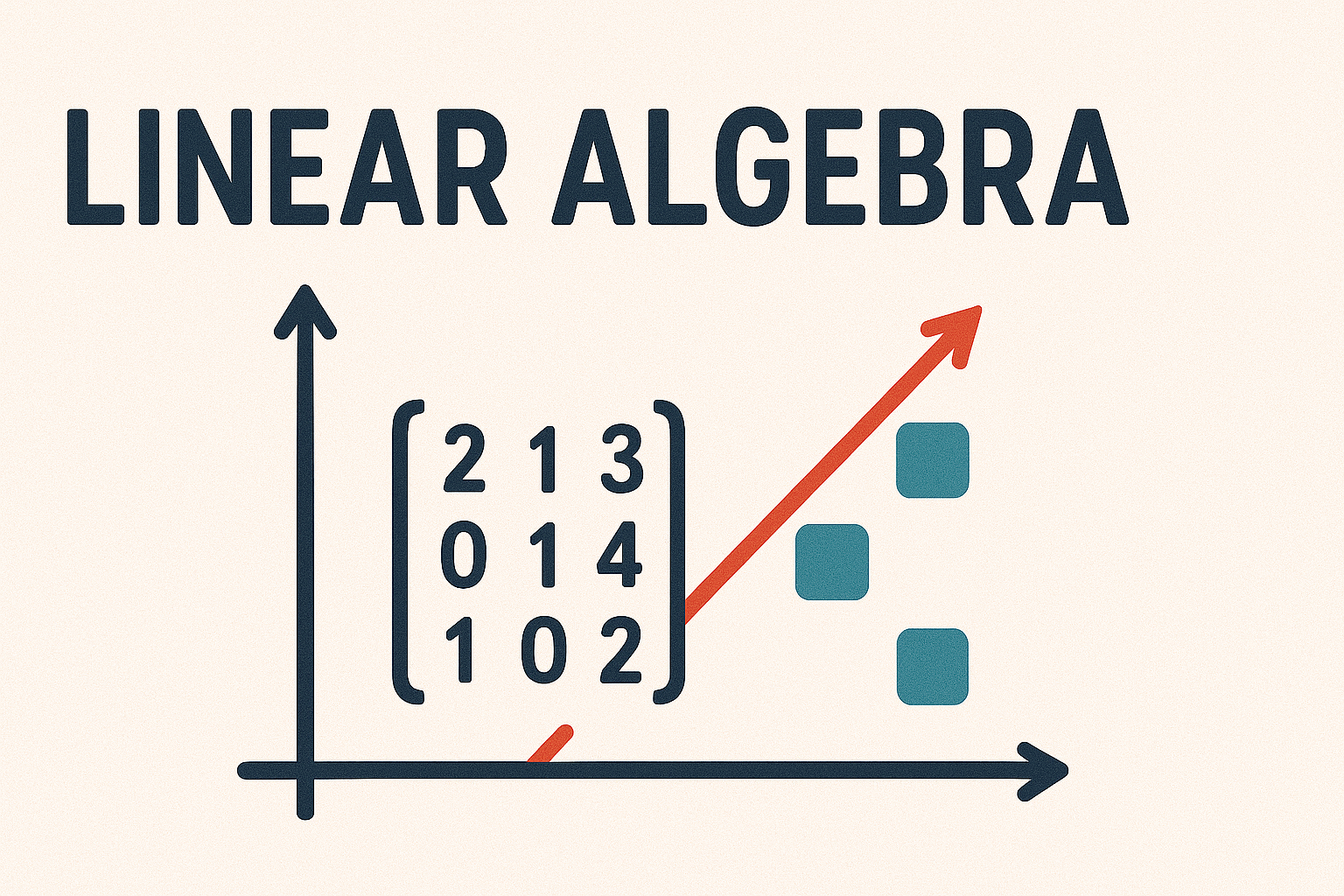3.5. Vector magnitude#
The magnitude of a vector \(\mathbf{a}\) is the distance between the head and tail of \(\mathbf{a}\) which we can calculate using an extension of Pythagoras’ theorem.
Definition 3.4 (Vector magnitude)
The magnitude of a vector \(\mathbf{a} = (a_1, a_2, \ldots, a_n)\) denoted by \(\|\mathbf{a}\|\) is calculated using
Vector magnitude is also known as the Euclidean norm.
Example 3.1
Calculate the magnitudes of the following vectors
Solution
Theorem 3.2 (Properties of vector magnitude)
For any two vectors \(\mathbf{a}, \mathbf{b} \in \mathbb{R}^n\) and \(k \in \mathbb{R}\) the following properties are satisfied
\(\| \mathbf{a} \| \geq 0\) (the magnitude of a vector \(\mathbf{v}\) is always non-negative)
\(\|\mathbf{a}\| = 0 \iff \mathbf{a} = \mathbf{0}\) (the magnitude of a vector \(\mathbf{v}\) is zero if and only if the vector is the zero vector)
\(\|k\mathbf{a}\| = |k| \| \mathbf{a} \|\)
\(\| \mathbf{a} + \mathbf{b} \| \leq \|\mathbf{a}\| + \| \mathbf{b} \|\) (triangle inequality)
3.5.1. Unit vectors#
For every non-zero vector \(\mathbf{a}\) there exist a unique unit vector which is a vector in the same direction as \(\mathbf{a}\) and whose magnitude is 1.
Definition 3.5 (Unit vectors)
A unit vector is a vector with a magnitude of 1.
Theorem 3.3 (Normalising a vector)
Any non-zero vector can be scaled to transform it into a unit vector by dividing all its co-ordinates by its magnitude
This process is called normalising a vector. Unit vectors are denoted with a caret above the vector name, i.e., \(\hat{\mathbf{a}}\) which is read as ‘a hat’.
Proof. Let \(\mathbf{a}\) be a non-zero vector
Example 3.2
Find the unit vectors parallel to the following:
(i) \(\mathbf{u} = (1, 2, 3)\); (ii) \((5, -12, 0)\); (iii) \(\mathbf{w} = (1, 0, 1)\)
Solution
(i)
Check magnitude of \(\hat{\mathbf{u}}\)
(ii)
Check magnitude of \(\hat{\mathbf{v}}\)
(iii)
Check magnitude of \(\hat{\mathbf{w}}\)
